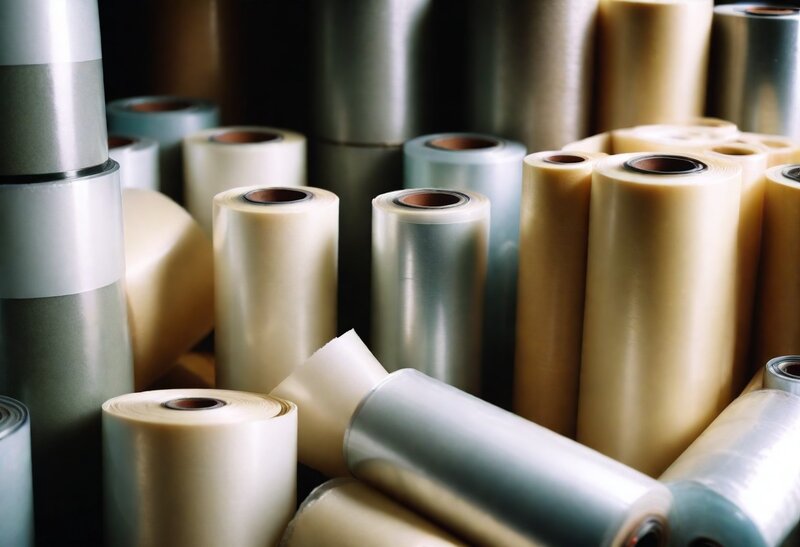Thermal insulation material helps to reduce the heat transfer between objects. Heat transfer is a significant problem in many industries, when two objects of different temperatures come together. By applying insulation materials, the heat flow between these entities can be significantly decreased. This material hinders thermal conduction by reflecting it rather than absorbing it. The insulation materials market offers a wide range of materials for end-use industries including manufacturing, construction, and petroleum. Increasing need for energy-efficient insulation and technological advancements in HVAC equipment in construction are driving the growth of insulation materials market.

Benefits of insulation:
A properly designed and installed insulation system provides various benefits. The major benefits of insulation systems are as follows:
· Reduces energy costs: A properly designed and installed insulation immediately reduces the need for energy and results in considerable savings. Uninsulated valves, wires, and pipes release large amounts of energy that insulation can conserve.
· Prevents moisture condensation: Insulation with a good vapor retarder prevents condensation and limits corrosion on cold ducts, piping, chillers, and roofs. It keeps surface temperatures above dew levels and prevents mildew growth.
· Reduces emissions of pollution: Insulation reduces energy consumption, which results in less combustion of fossil fuels to produce energy. Reduced energy consumption in machines results in less carbon emissions.
· Fire protection: Insulation helps provide fire protection in grease and air ducts, and firestop systems.
Commonly used insulation materials in the market:
Some of the common insulation materials offered in the market are as follows.
· Fiberglass: It is a popular insulation material due to its efficiency in reducing heat flow. Fiberglass is a fireproof material yielded by weaving glass into an insulation material.
· Vermiculite: It is a versatile insulation material used in a large variety of thermal insulation applications due low heat conductivity and a high melting point.
· Foam boards: These are rigid panels of insulation, which are used in homes for insulation. Foam boards are effective in exterior and interior wall sheathing in basements. They provide thermal resistance and reduce heat transfer through structural elements.
· Concrete forms: These are used in poured concrete walls and remain part of wall assembly. Concrete forms insulation consists of interconnected foam boards and interlocking hollow-core foams.
· Cellulose: This is made up of recycled paper products and animal products. Cellulose insulation is used in buildings and homes, as a loose-fill in dense building cavities and open roof installations. In new construction, these materials can be sprayed or installed in netting.
Final words:
Insulation is one of the most reliable and sustainable ways to energy conservation. Applying external insulation materials to industrial equipment and infrastructure modulates their average temperature and increases their heat storage capacity. It protects equipment and assists in attaining extremely low or high temperatures while reducing heat transfer. Insulation materials come in a wide range from fiberglass to cellulose, each having different properties and uses. Several industries in the market are adopting various insulation materials due to their vibrant advantages and functionalities.



You must be logged in to post a comment.